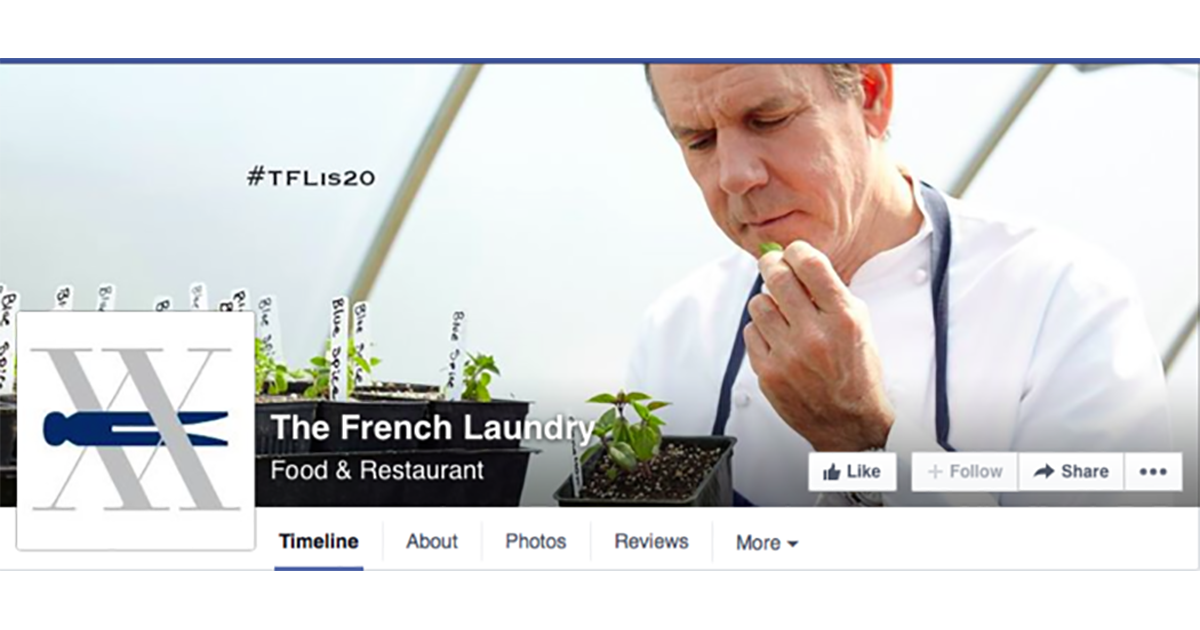“In the end, a great meal is not about the food and the wine. A great meal is about an emotional experience.”
Most agree chef-owner Thomas Keller hit that mark with The French Laundry. One of only a handful of restaurants in the U.S. to earn three Michelin stars, it’s among the most exclusive restaurants in the world. But that doesn’t insulate against critics with a stage. Sure, Michelin awarded it the coveted three stars but Jason from Sacramento says, no way. They get two.
“Overly seasoned (salty) and over cooked food (especially the hamachi), astronomically expensive wine list, and professional but pretentious service. If the value for this restaurant were to be rated it would be between 0 and 1 stars. But considering the overall experience, I give them two stars,” reads the beginning of Jason’s Yelp review.
Keller is likely unconcerned by an occasional disappointed review amid a sea of fawning. But what if yours isn’t the world’s 10th hardest restaurant to get a reservation? Go digital.
With 980,000 restaurants in the United States, consumers have lots of choices. And most of us are armed with the ability to educate ourselves in an instant, whether it’s Yelp, a simple Google search or Facebook. A consumer is often guided by her previous experiences when she considers a chain restaurant but by the opinions of others when considering an independent restaurant, according to Stanford business professor Itamar Simonson. In both cases, though, a strong social media presence is critical if you want to be the answer to the question, Where should we go?
Nearly 9 out of 10 restaurants used social outreach last year—the most common tactic by a wide margin—up from 77% in 2012, according to the National Restaurant Association. But pushing out promotions or simply posting the occasional photo of guests eating apps at the bar won’t awaken your audience. They might not even see it since only about 6% of a brand’s organic posts actually reach their fans’ Facebook newsfeeds.
So what do you do?
First, don’t just jump into posting without a strategy. Establish goals, a way to measure and where social fits in your overall marketing plan. Instrumental to the planning, focus in on your intended audience, the channels that best reach them and create a content plan that will engage. Finally, who will do the work – from content development to daily management of the channels? Many brands create a collaborative approach between internal and agency teams. Whatever your answer, you can’t simply push it out there and hope for the best. It takes real work on a daily basis.
Regardless of your strategy, one thing remains a constant…match up strong, creative content with the channels most appropriate for your audience. Here’s a quick look at how some of the platforms work best.
- Facebook: My mother used to yell at us to not spill anything at dinner. Today, parents see spaghetti sauce splattered on a shirt as a photo opp. With Facebook’s algorithm changes, brand content has lost some weight. So, consumers are your best Facebook voice. Make sure they tag your page with those photos of the perfect margarita and guac dip or the kids digging into the gooey grilled cheese. They are your evangelists. Engage with them when they do post. Finally, don’t ignore organic content altogether. Mix in polls, contests, promotions and your own food porn. This is a great example by Panera. Infuse an element of paid Facebook ads to complement your organic content and drive action.
- Twitter: When it comes to listening to the audience and (politely) responding to reviews, favorable and otherwise, turn on TweetDeck or HootSuite. As with all things social, be conversational in your tone – not robotic – when responding to posts. Engage. Twitter is also a great amplifier of your content – from new recipes to company news – especially when done well. Like Sprouts Farmers Market.
- YouTube: Video is the secret ingredient for telling most stories. For foodies, videos of your executive chef cooking the signature chicken dish or demonstrating how to choose the right zucchini will offer your brand dimension. Granted, Bon Appetit produced this video of Alma in LA, but it’s a cool example of a peek beyond the menu.
- Instagram: Food is the hero, so make it beautiful. But don’t be afraid to provide some diversity. Behind-the-scenes in the kitchen, interesting shots of food & drink out of expected context, your work in the community, fresh ingredients from the garden. Encourage customers to share and tag their own images and keep them engaged with photo assignments / contests that are easily rewarded. Taco Bell knows its audience profile and lifestyle and its images reflect that perfectly.
- Pinterest: Create a variety of boards to present the food in a stylized way, along with cool shots of fresh ingredients and recipes. Remember the social aspect of social, so collaborate with fans of the brand, encouraging your fans to pin and comment. Chipotle uses Pinterest to develop dimension around the brand, creating boards that show everything from food to its corporate social responsibility efforts.
- Integrate: Since bringing customers back is the lifeblood of most restaurants, tie social in neatly with other drivers, whether it’s the mobile pay / incentive app LevelUp, regular email or a loyalty program.
By the way, make sure you respond (politely) to Jason from Sacramento on Yelp. Unless you have a two-year wait list.

